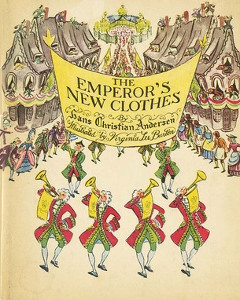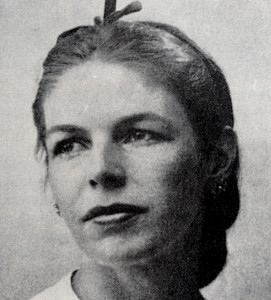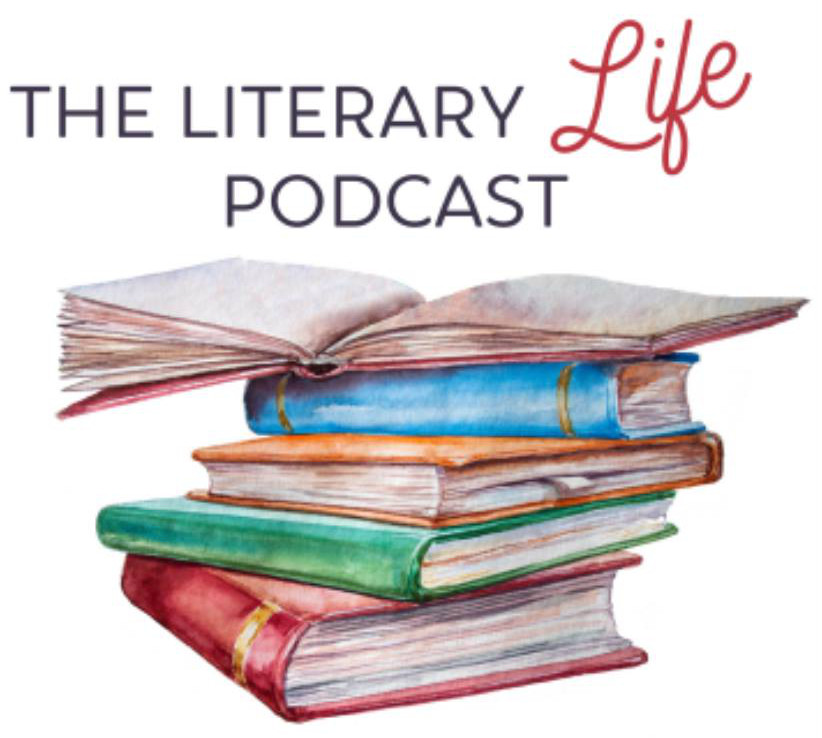The Emperor's New Clothes

Content:
The Emperor's New Clothes by Hans Christian Andersen ![]() Information you may want to know about this author
Information you may want to know about this author
Illustrator:
Virginia Lee Burton ![]()
![]() Complete Authored Works
Complete Authored Works
Publication:
1949 by Houghton Mifflin Company
Genre:
Fairy Tales, Fiction, Picture Books
Pages:
44
Current state:
This book has been evaluated and information added. It has been read and any content considerations have been added.
Book Guide
Search for this book used on:
Here is a new and delightful version of the tale that boys and girls have loved for centuries. The Emperor himself, his court, and his clothes — or lack of them — are ridiculous as only the master storyteller, Hans Christian Andersen, can make them.
To this tale of fun, Virginia Lee Burton has added her own irrepressible humor in beautiful pictures and design. Children will be entranced by the detail and wealth of color in her illustrations with their wonderful houses, splendid court rooms, and dashing soldiers in full dress parades.
The whole is a delightful concoction — a fine story with illustrations of remarkable spirit and beauty by the beloved originator of THE LITTLE HOUSE, MIKE MULLIGAN and CHOO CHOO.
From the dust jacket
To view an example page please sign in.
To view awards and booklists please sign in.
To view reprints of this book please sign in.
Resource Guide
Episode 70: Why Read Fairy Tales?
Released in 2020 by The Literary Life
Available formats: Streaming Audio
Length: 1 hr. 29 min.
View on the The Literary Life site
"Angelina Stanford and Cindy Rollins tackle the topic of fairy stories, discussing the what, why and how of reading them. Angelina shares the distinctive characteristics of fairy stories in contrast to other types of stories, such as myths. They deal with the question of whether fairy tales are 'escapist', the influence of the Grimm brothers scholarly work on interpreting fairy stories, and allowing the story to unveil its deeper truths without forcing meaning onto it.
Angelina gives an illustration of how to see the gospel messages in fairy tales by talking us through the story of Sleeping Beauty. She refutes the ideas that fairy tales are about human romance or are misogynistic. She also highlights some of the Enlightenment and Puritan responses to fairy tales that still linger with us today. Cindy and Angelina also discuss some common concerns such as the magical, weird, or scary aspects of fairy tales. Angelina also makes a distinction between folk tales, literary fairy tales, and cautionary tales."
Find This Book
Search for this book used on:



